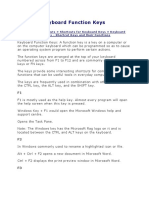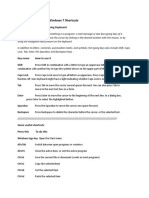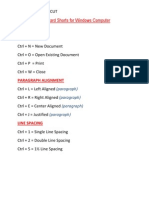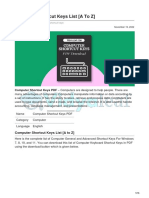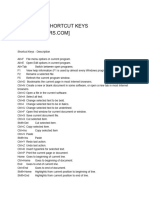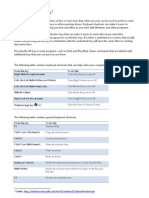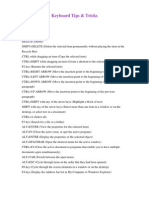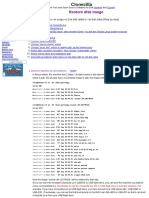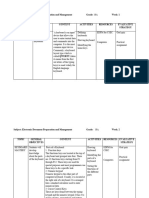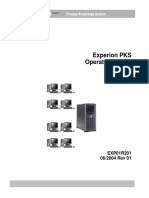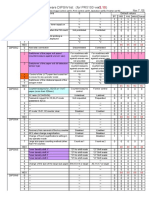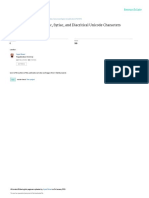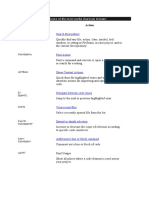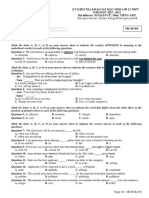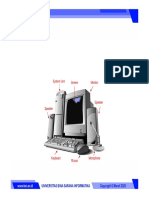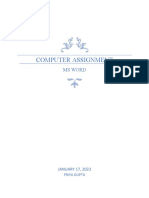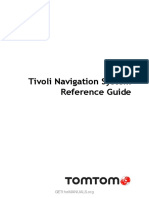0% found this document useful (0 votes)
61 views28 pagesKeyboard Layout and Shortcuts
The document provides information about standard keyboard layouts and common keyboard shortcuts in Windows. It explains that the QWERTY keyboard layout gets its name from the first six letters on the top alphabet row. It also describes the major English keyboard layouts and the use of function keys and common shortcuts like Ctrl+C, Ctrl+V, Alt+Tab, etc. Keyboard navigation keys like arrow keys, page up/down, home, and end are also outlined along with their functions.
Uploaded by
THE VLOG FAMCopyright
© © All Rights Reserved
We take content rights seriously. If you suspect this is your content, claim it here.
Available Formats
Download as PDF, TXT or read online on Scribd
0% found this document useful (0 votes)
61 views28 pagesKeyboard Layout and Shortcuts
The document provides information about standard keyboard layouts and common keyboard shortcuts in Windows. It explains that the QWERTY keyboard layout gets its name from the first six letters on the top alphabet row. It also describes the major English keyboard layouts and the use of function keys and common shortcuts like Ctrl+C, Ctrl+V, Alt+Tab, etc. Keyboard navigation keys like arrow keys, page up/down, home, and end are also outlined along with their functions.
Uploaded by
THE VLOG FAMCopyright
© © All Rights Reserved
We take content rights seriously. If you suspect this is your content, claim it here.
Available Formats
Download as PDF, TXT or read online on Scribd
/ 28

















